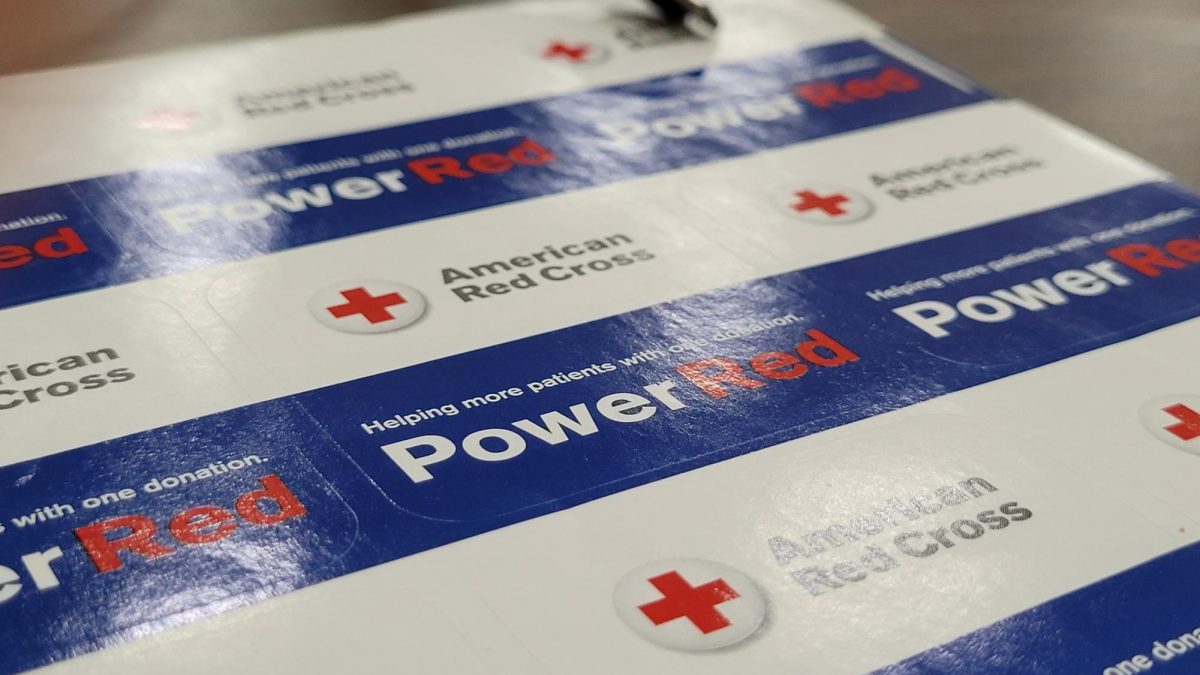In the recent weeks, students across the district have noticed a change in their daily lunch menu. These changes are a result of new nutritional standards mandated by the government. Schools are required to provide fresh fruit and vegetables, whole grains, and low-fat milk. It also requires cutting starchy vegetables such as potatoes, corn, peas, and Lima beans. Portion control will also be stricter throughout the district.
“As high schoolers, most kids know what they like and what they want to eat. Changing the school menu isn’t going to make students eat healthier.” said kitchen staff member Cheryl Trout. Subtle changes have already been made to the menu. White-whole grain is used in pizza crust and hamburger buns. The white-whole grain looks the same, and doesn’t taste any different, so most students don’t recognize the difference. Only one cup of starchy vegetables will be served every week, which means a drastic drop in french fries served at St. Francis High School, and an increase in sweet potato fries.
“Some kids like the sweet potato fries,” said Trout. “We tried a few different options, and the waffle fries were the most popular among students. They’re also the most expensive, but I’d rather give the students something they like than to see it all go to waste.”
Along with changing the menu, the School Nutrition Association has introduced the use of locally grown food in school lunches. Every month, a different food grown on farms in Minnesota and Wisconsin are featured. St. Francis is supplied frequently with produce from a farm in Andover.
“It’s difficult to get healthy food on such a large scale. The availability of local produce is difficult because of Minnesota winters, healthy food costs more, and we want to find foods students will like.” said Trout.
The kitchen isn’t the only place that healthy lifestyles are promoted. Physical Education classes and health classes also encourage healthy eating and daily exercise.
Environmental science classes each trimester construct a lab that determines how much waste is thrown away at lunches each day. The result of this lab showed that our school alone throws away NUMBER of pounds of food, paper and plastic during lunch alone.
St. Francis Elementary also uses pig bins, where excess food is thrown into a separate bin and fed to pigs as slop. At both St. Francis Middle school and high school, all garbage is collected into the same bins and sent to an incinerator. The kitchen staff, however, recycles cans, boxes, bottles, and plastic.
“We used to sort garbage and use pig bins,” said Trout. “but students would throw silverware and paper into the bin.”
The general feeling among the staff is that this type of system doesn’t work at secondary schools. Throwing trash into the wrong bin isn’t the only problem the cafeteria faces. Students also have a tendency to throw away reusable trays, along with disposable Styrofoam ones. Though Styrofoam is cheaper, reusable trays are more environmentally friendly. This year alone, the school has lost 75 reusable trays.
“I get asked how many trays are thrown away every year,” said Trout. “And it never improves.”








